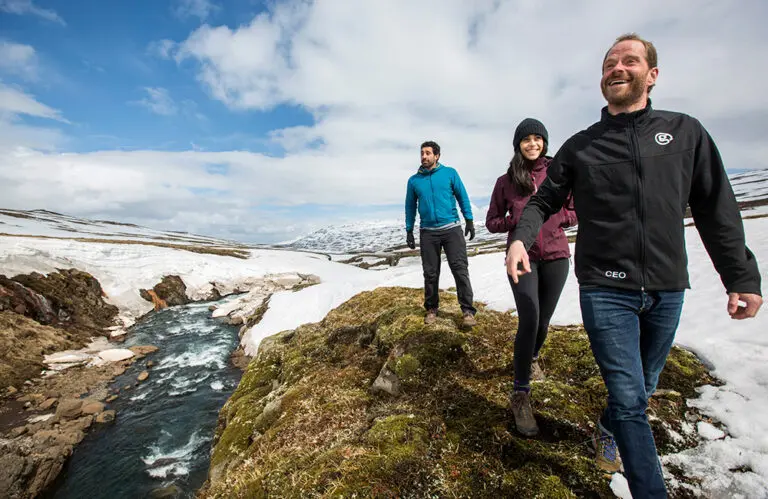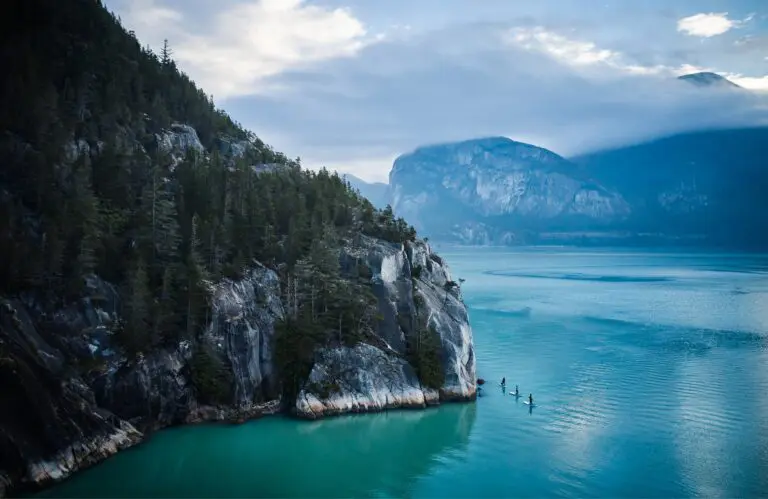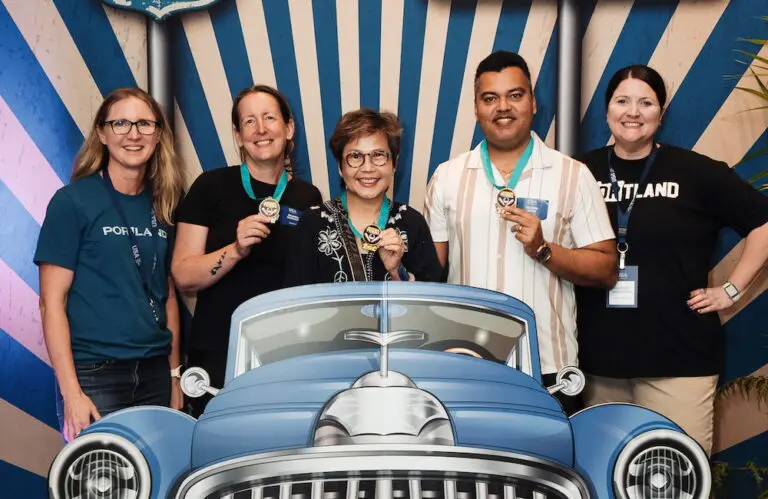Head north to Fukushima and escape the well-trodden orbit of the Golden Route and be welcomed with a secret slice of Japan that’s authentic, accessible and simply AWESOME!
Make no mistake about it.
The regional wonderland of Fukushima Prefecture – only 80 mins from Tokyo – is the gilded crown of the Japanese archipelago. Indeed, in no other place can you find such an abundance and concentration of everything that makes Japan so incredibly unique and unrivalled as a top travel destination.
For starters, there’s absolutely stunning nature, which is not only perfect for adventurous hikers keen on getting off the beaten track, but also for those that like to ponder over awe-inspiring landscapes whilst nursing a delicious cup of green tea.
Then there are the cultural and culinary offerings. If you really want to immerse yourself in traditional Japanese culture, such as tea ceremonies, onsen and martial arts – to name only a few – then you can do no better than Fukushima.
And the food – don’t get us started. From soba (thin noodles made from buckwheat) to sake (Japanese rice wine), kozuyu (a hearty soup) to kitakata ramen, your tastebuds are in for a treat!
What’s more, you can experience all of this MINUS the crowds and at a much more intimate level.
Yep, Fukushima REALLY is AWESOME!
Now let me spell it out for you…
A is for akabeko
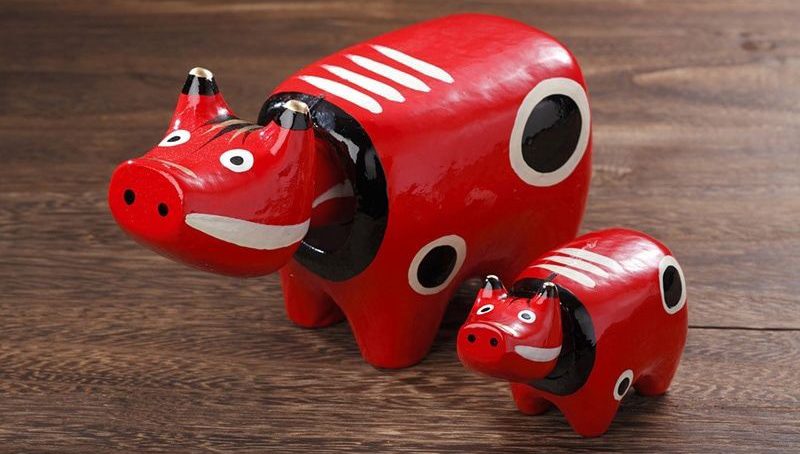
Channel your inner Picasso and paint your very own akabeko! According to Aizu legend, a red cow once mysteriously appeared and then disappeared during the construction of the Enzoji Temple in Yanaizu Town, but not before helping the priests and inspiring the other cows in the process of the temple’s construction. These days, this local legend is the inspiration behind the popular Japanese craft of akabeko whereby punters get to paint their very own legendary red cow and keep it as a souvenir! There are tons of akabeko workshops all throughout Aizu-Wakamatsu City in which to experience this local custom.
W is for Wakamatsu (Tsuruga) Castle
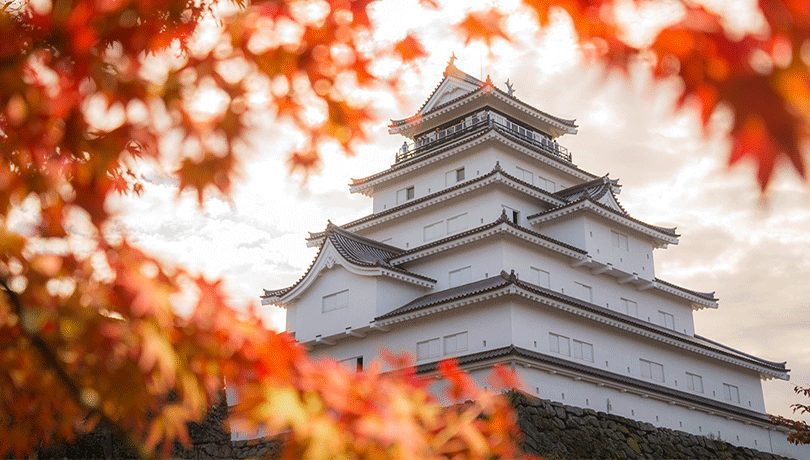
Continue the samurai theme by visiting Tsuruga-jo (or Wakamatsu-jo) Castle in Aizuwakamatsu and marvel at Japan’s only red and white castle. Built by the local lord Ashina Naomori (1323-1391), it remains one of the finest examples of feudal architectural flair. You can learn about its 700-year-old history at the embedded museum, as well as have a cup of traditional matcha green tea at the Rinkaku Tea Ceremony Room.
E is for Edo history
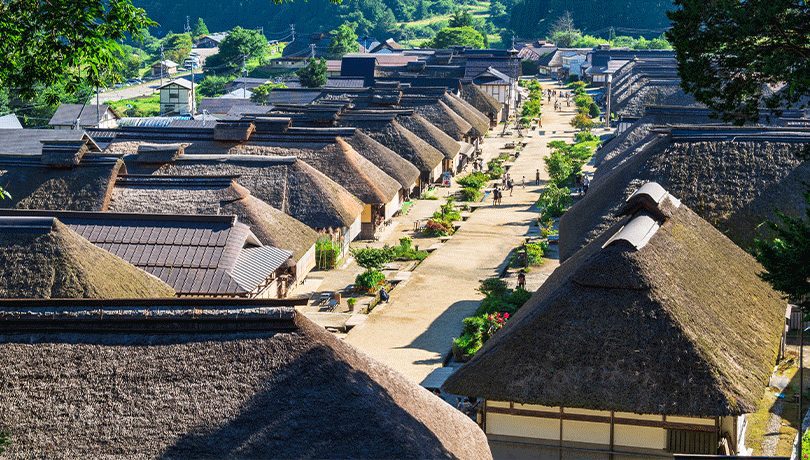
Historically, Fukushima Prefecture played a significant role in Japan’s storied past. Throughout the centuries, this northern region featured on the itineraries of traders, travellers and warriors, each of whom left their mark. The former post town of Ouchijuku, for example, was once a major stopping off point along the Aizu-Nishi Kaido trade route. Well-preserved to look exactly as it did during the Edo period of Japan (between 1603 and 1867), this small village features thatched-roof buildings that house traditional restaurants serving steaming bowls of soba and locally caught char.
S is for Soma Nomaoi
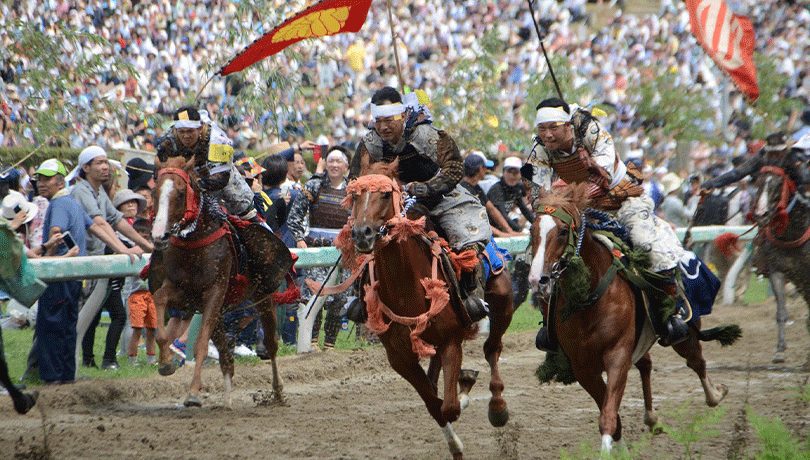
As well as playing a significant role in Japan’s trading history, Fukushima has also been vital to the flourishing of samurai culture. Indeed, over a thousand years old, the ancient Soma Nomaoi festival brings together the finest displays of samurai skill and spirit on horseback in a colourful and armour-clad three-day celebration – usually the last Saturday, Sunday and Monday in July.
O is for onsen
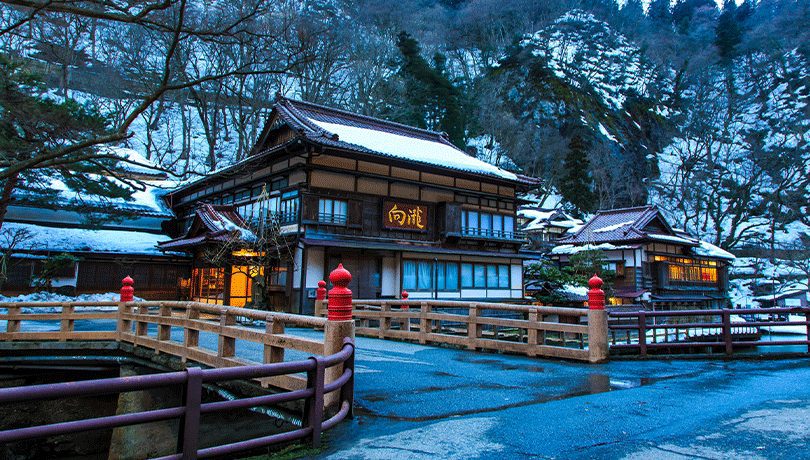
What’s a trip to Japan without a soak in a traditional onsen? Onsen, or hot springs, have been core to Japanese culture for millennia – literally. The Higashiyama Onsen, for example, has been a source of relaxation and rejuvenation for legions of feudal lords and samurai for over 1,300 years! Join this noble group of bathers by visiting it for yourself in the well-known retreat area in Aizu-Wakamatsu City.
M is for Mt. Bandai

Forever keeping its watchful eye over its home, Mt. Bandai is easily one of Fukushima’s most recognisable and most stunning landmarks in northern Japan. A brilliant place for hiking and trekking during summer, autumn and spring, it also turns into a winter wonderland fit for skiing and snowboarding once the snow comes out to play. Right next to the shimmering Lake Inawashiro, Mt. Bandai is also a jewel for photographers.
E is for easy to get there!
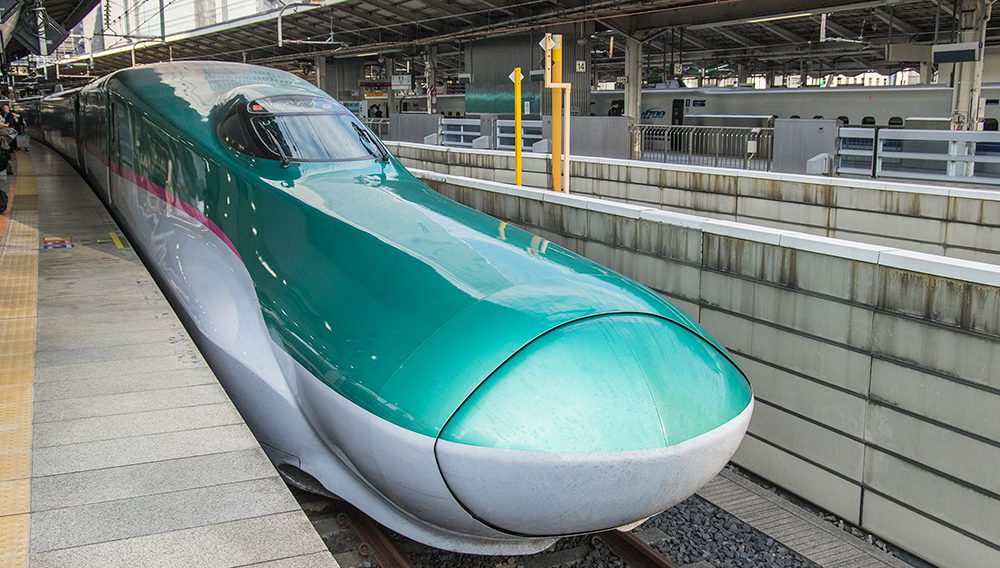
Fukushima is easily accessible from most major transport hubs within Japan. At just 90 minutes from Tokyo, most travellers will find it’s a direct ride on the Shinkansen (bullet train) to reach the central Fukushima City region.
Regardless of the budget or preferred mode of transport, a wealth of options exist to get the travellers here.
From Tokyo
Reaching Fukushima Prefecture and its surrounding areas from Japan’s capital, Tokyo, is incredibly straightforward, with a variety of options available.
Tokyo ↔ Koriyama
Traveling to JR Koriyama Station puts you at the center of Fukushima Prefecture, with easy access to the whole prefecture.
JR Tohoku Shinkansen
1 hr 15 min from Tokyo or Ueno Station
Tokyo ↔ Aizu-Wakamatsu
Reach the castle town of Fukushima Prefecture in less than 3 hours from Tokyo.
JR Tohoku Shinkansen + JR Ban-etsu West Line (transfer at Koriyama Station)
2 hr 30 min from Tokyo or Ueno Station
Travel Advisor? Get ready to learn and win
Watch the 10 minute webinar about Fukushima and discover why this area of Japan is one of the country’s best kept secrets. Then play a short Fukushima quiz for your chance to win a bottle of sake from Fukushima! Kampai!
This article is brought to you by:



